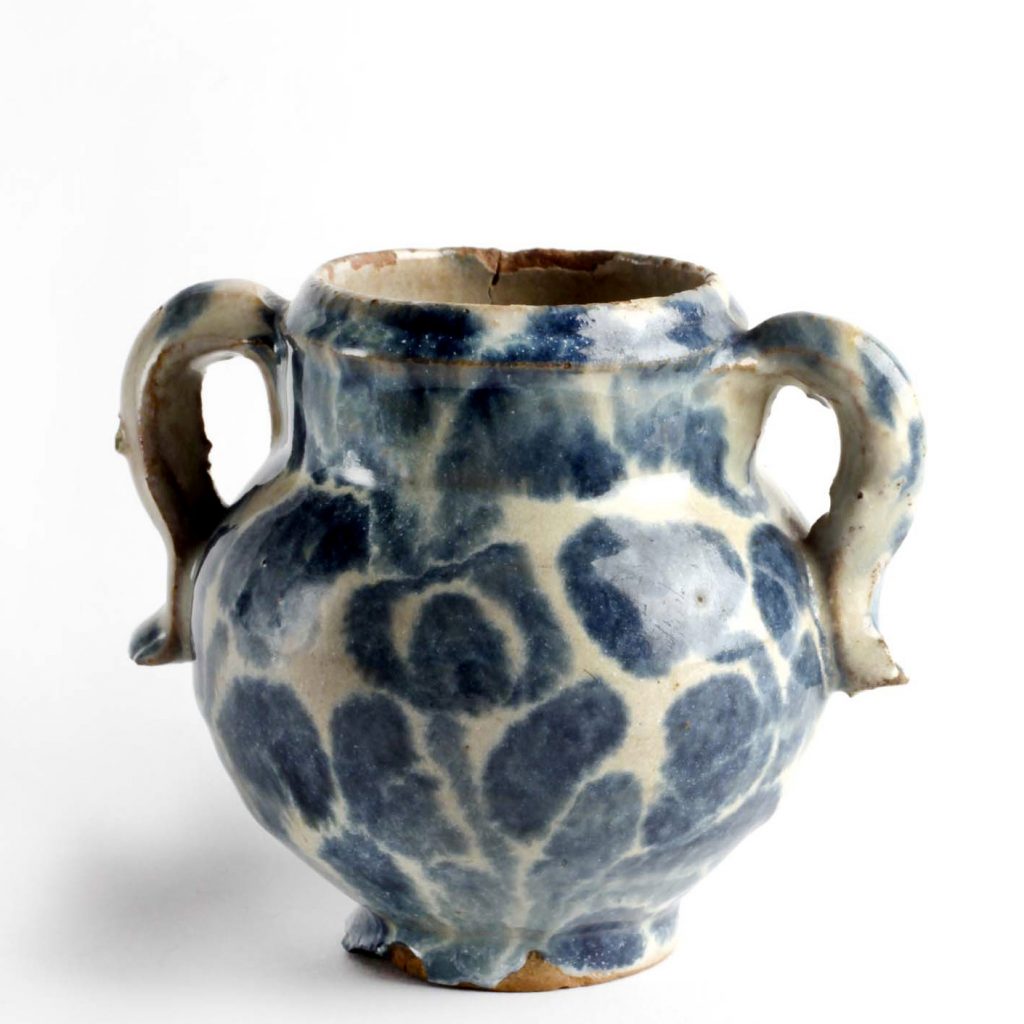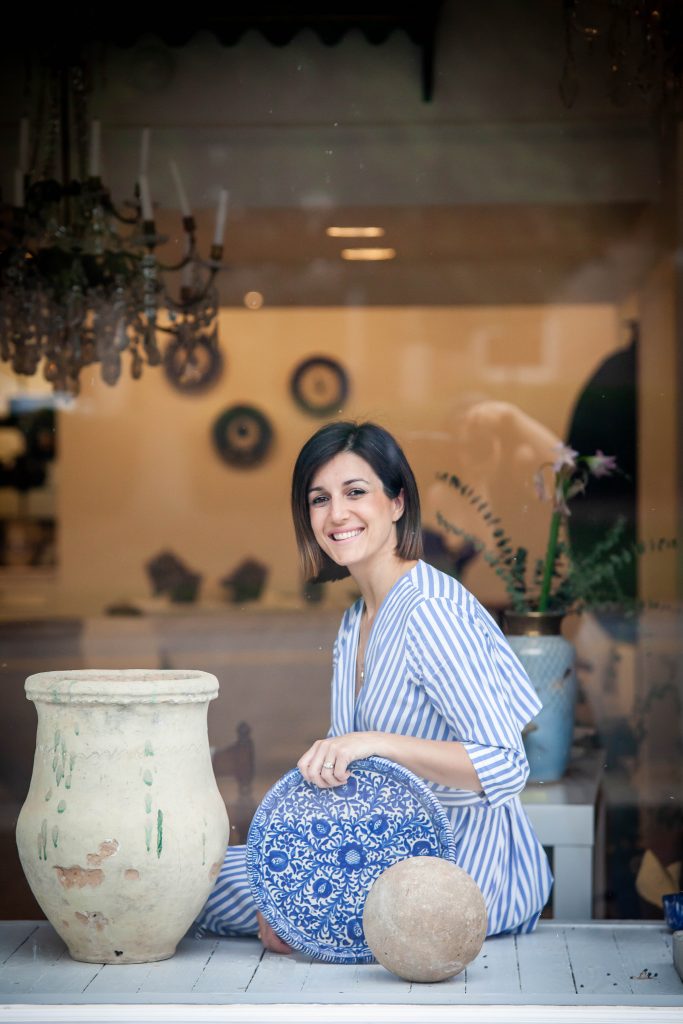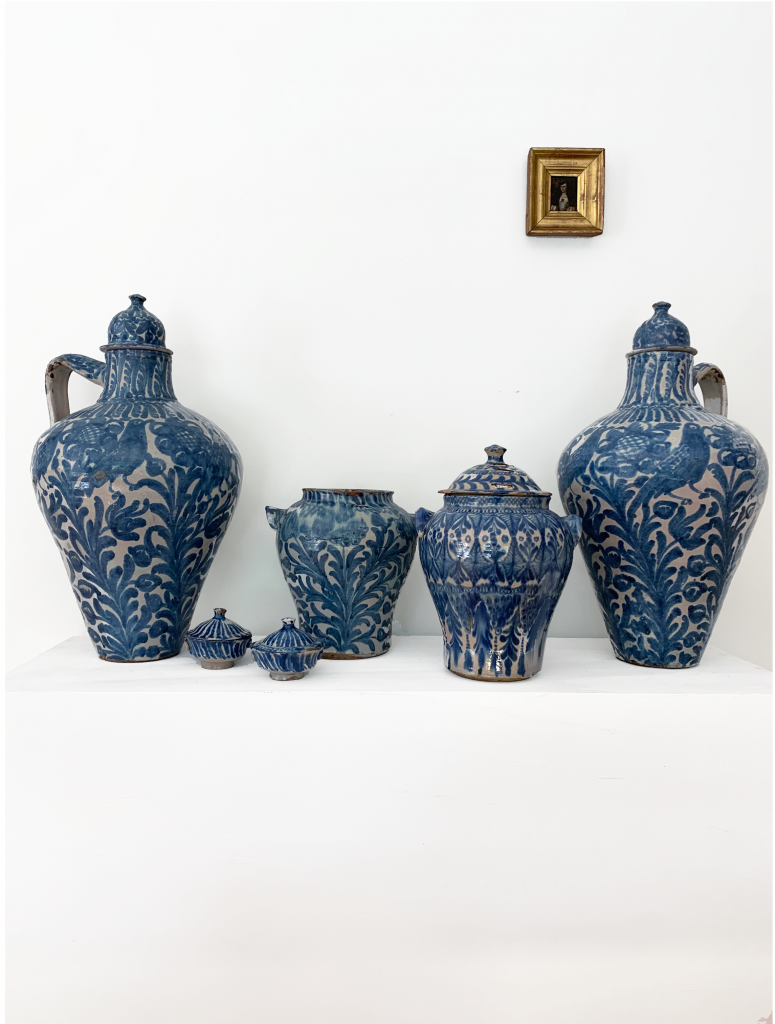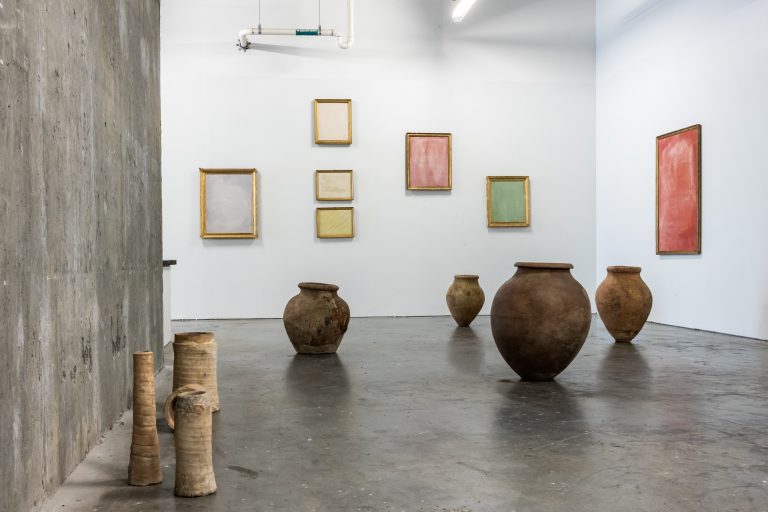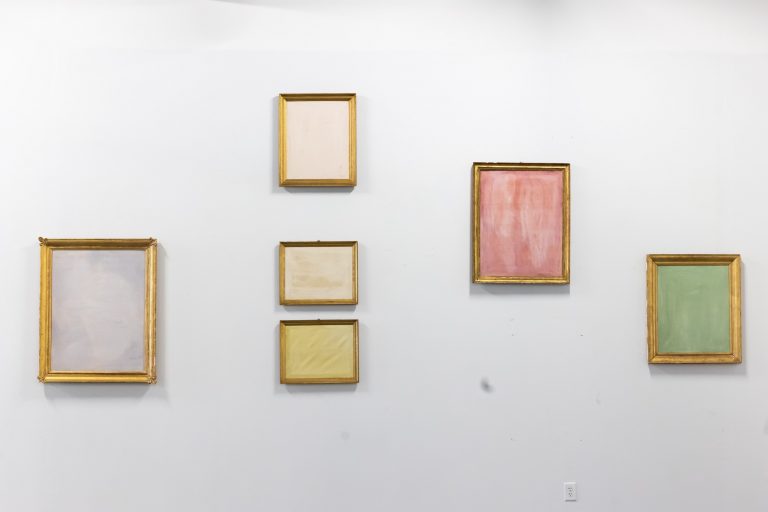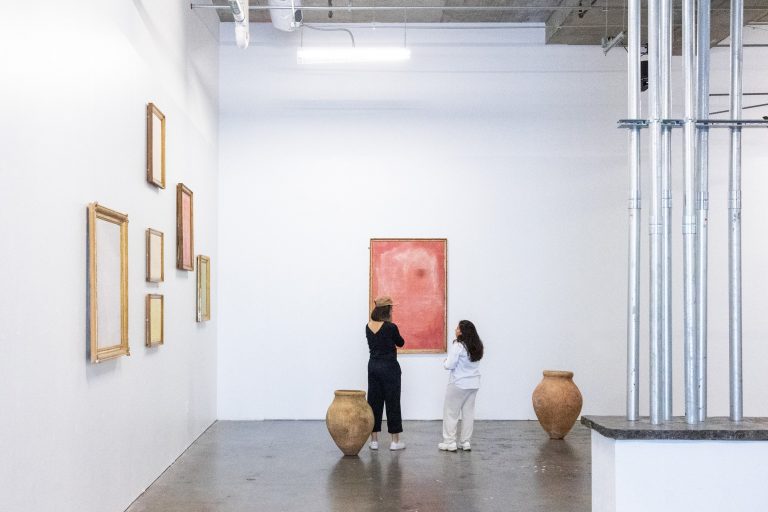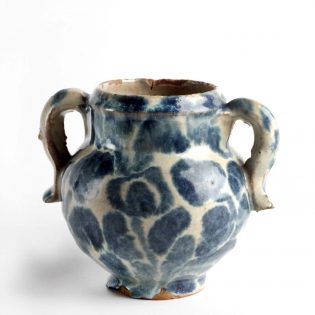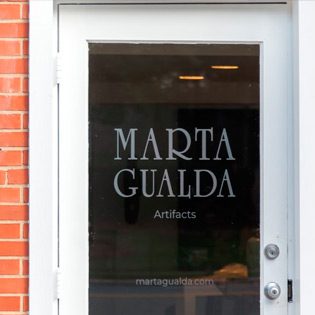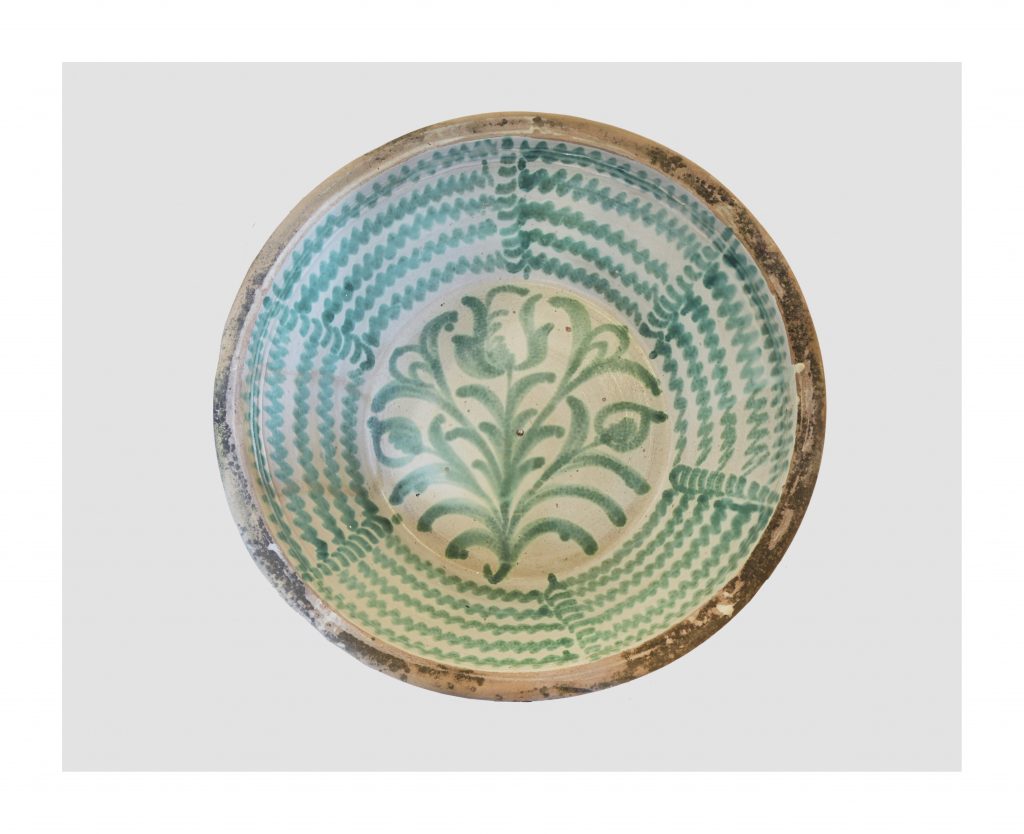
MADE IN GRANADA
From the functional to the artistic, from the useful to the beautiful
Ceramics from Granada
These ceramics were made in the 16th century in the Albaicín neighborhood of Granada. They are created through an urban production technique that is deeply rooted in tradition, and has a preeminent place among popular arts of Granada.
The origin of Fajalauza ceramics began with the Moorish potters of Granada during the first half of the 16th century. However Fajalauza pottery spread during the successive expulsion of the Moors. Traditional Hispanic-Moorish lathes and ovens were used to create this pottery, they were large with superimposed rectangular chambers. A smaller reverberatory oven was also used for the production of the background varnish.
Fajalauza ceramics are painted primarily in blue or green with a white background. They are decorated with a myriad of ornamental motifs however, the most commonly found are birds, flowers and fruits.
One of the key materials in the production of Fajalauza ceramics is the cobalt mineral from which the blue glaze is made. The cobalt was traditionally brought to Granada from a neighboring city, Almería, on the back of mules that crossed the Sierra Nevada Mountain Range.
The cobalt salts presented impurities of manganese in different proportions, which created the varying shades of blue that we can see in the Fajalauza. They created more or less intense tones and more or less grey colors. The duller ones are called “stone blue” or “old blue”. The opaque white enamel, made from lead and tin oxide, is what the motifs were drawn on with a thick brush in cobalt blue or copper green enamel.
From the 19th century on, Fajalauza’s production was modernized with industrial techniques. This can be seen first, in the materials, which starting in the 20th century were no longer locally sourced. The clay is now purchased from Catalonia, the lead and tin white has been replaced by titanium and the cobalt is much more vibrant and uniform, with no remains of manganese. The typologies have also changed, with many of the traditional shapes gradually disappearing to give way to modern ones such as small bowls, placemats or breakfast cups.
